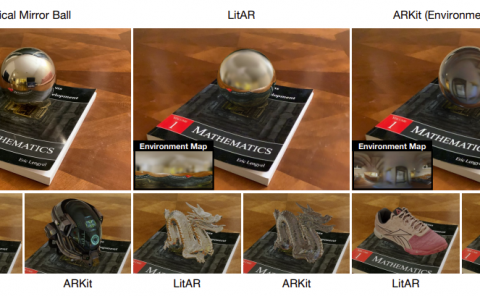Attentional orienting in virtual reality using endogenous and exogenous cues in auditory and visual modalities
PubDate: June 2019
Teams: Université de Toulouse,ENAC
Writers: Rébaï Soret;Pom Charras;Christophe Hurter;Vsevolod Peysakhovich

Abstract
The virtual reality (VR) has nowadays numerous applications in training, education, and rehabilitation. To efficiently present the immersive 3D stimuli, we need to understand how spatial attention is oriented in VR. The efficiency of different cues can be compared using the Posner paradigm. In this study, we designed an ecological environment where participants were presented with a modified version of the Posner cueing paradigm. Twenty subjects equipped with an eye-tracking system and VR HMD performed a sandwich preparation task. They were asked to assemble the ingredients which could be either endogenously and exogenously cued in both auditory and visual modalities. The results showed that all valid cues made participants react faster. While directional arrow (visual endogenous) and 3D sound (auditory exogenous) oriented attention globally to the entire cued hemifield, the vocal instruction (auditory endogenous) and object highlighting (visual exogenous) allowed more local orientation, in a specific region of space. No differences in gaze shift initiation nor time to fixate the target were found suggesting the covert orienting.


